Urbanism Books
Books I have read on urbanism.
Intro To Urbanism
What I might recommend to read if you are new, curious, and want to learn more about cities and urbanism.
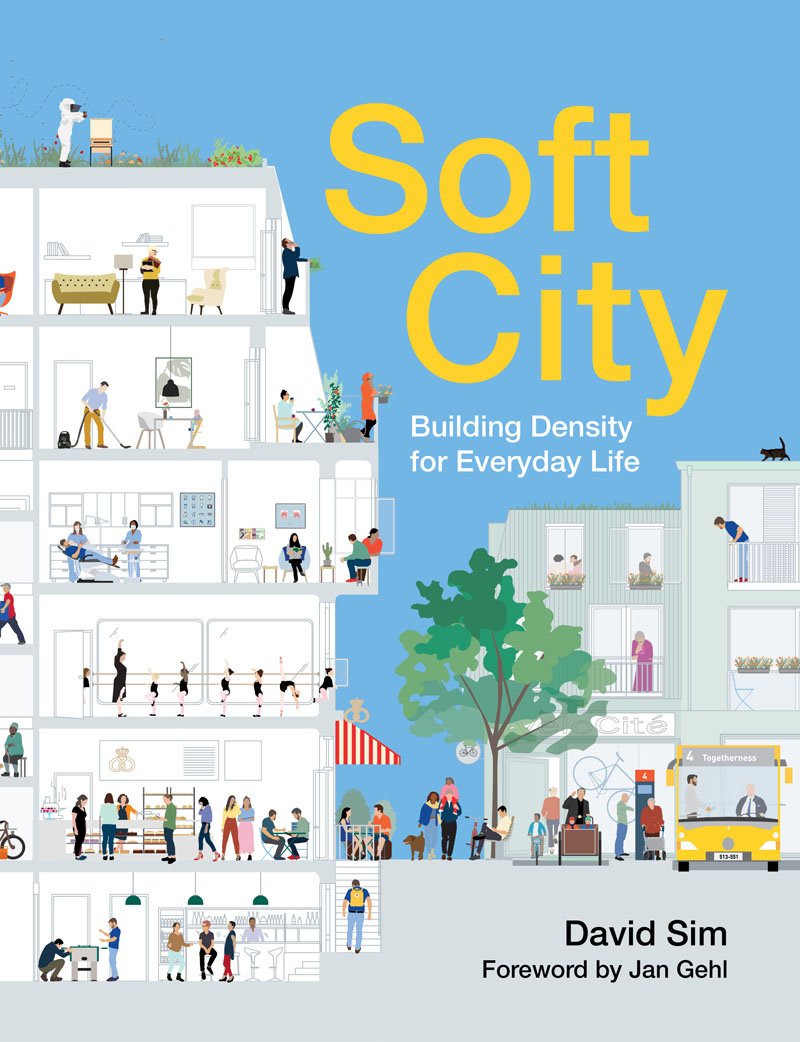
Soft City
David Sim, Jan Gehl
A+
Well-illustrated list of specific policies and designs to make a city more livable and human scale.
David Sim works for Jan Gehl, who advises cities on urban design, public life, walkability, and similar subjects. Described the book in interview as “Shit that works”
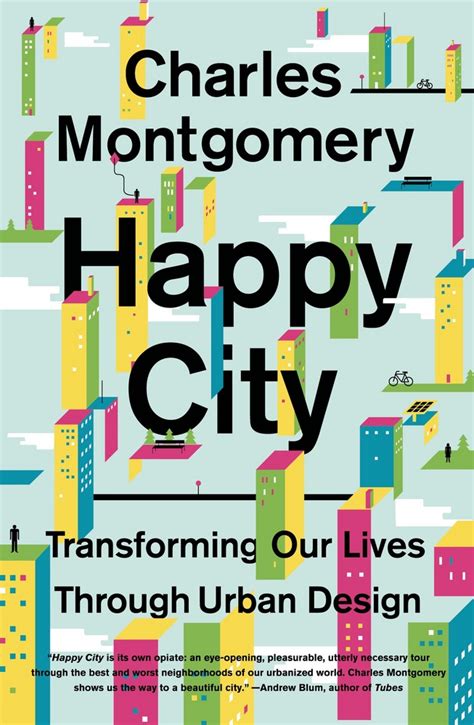
Happy City
Charles Montgomory
A
An overview of many different policies and ideas on urban designs and programs that make people happy.
A huge variety of things discussed under this umbrella.
A good overview of many of ideas which are discussed more deeply in other books on this list
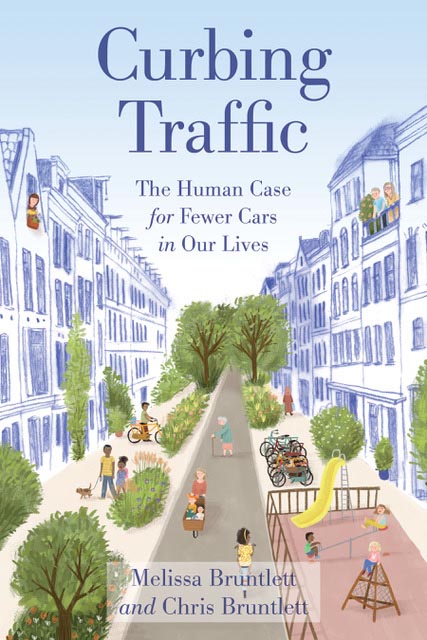
Curbing Traffic
Melissa Bruntlett
A
“We moved to the Netherlands, it is great, here is why”. Not Just Bikes in book form. Well organized and well written.
I enjoyed reading despite being already well versed in the subject.

Confessions of a Recovering Engineer
Charles L Marohn Jr
A
A perspective on why deadly roads are built.
The way the USA builds roads is killing people and ruining communities, and yet it just keeps happening.
This book offers an inside look into how and why this keeps happening.
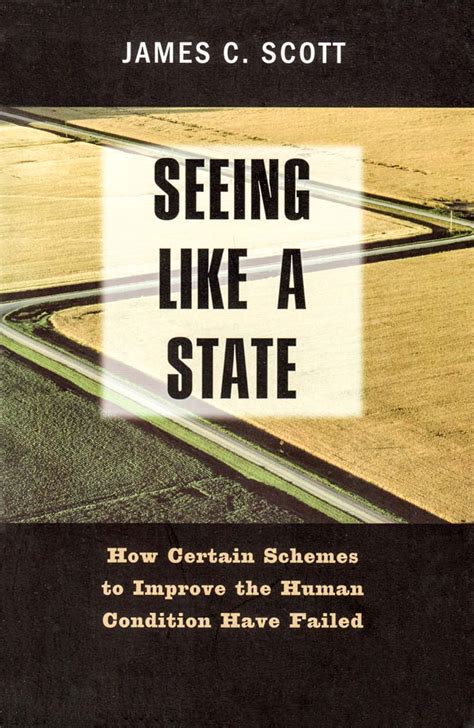
Seeing Like a State
James C Scott
A+
The map is not the territory. Anyone in charge of any large project should read this book.
How even well-intentioned schemes can cause mass suffering, and a caution against hubris and over-confidence.
The lessons from this book are broadly applicable not just to urbanism, but to political and social systems broadly.
Deep Cuts
Get some more details, really dive into topics
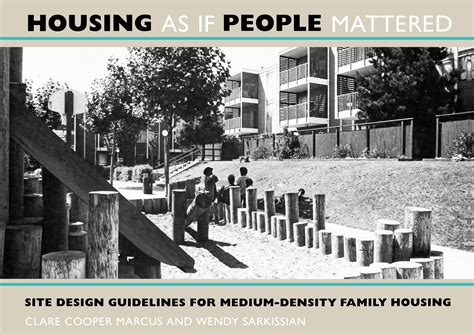
Housing as if People Mattered
Clare Cooper Marcus, Wendy Sarkissian
A
Site design and related advice for medium-density housing. Focused on the experience of people actually living there. An older book but still very relevant

The Affordable City
Shane Phillips
A-
A list of policies on how to make a city more affordable. Simple and practical

Homelessness is a Housing Problem
Aldern Colburn
A-
Like a long research paper, proving the thesis in the title. Lots of data and graphs.

Zoned in the USA
Sonia A Hirt
A
A comparative study of zoning in the USA, UK and Germany. Specifically calling out the things in us zoning that are unique. Euclidean zoning, minimum lot sizes, exclusively residential areas, etc. Skips over a bit why these idiosyncrasies exist. For that information read “The Color of Law”
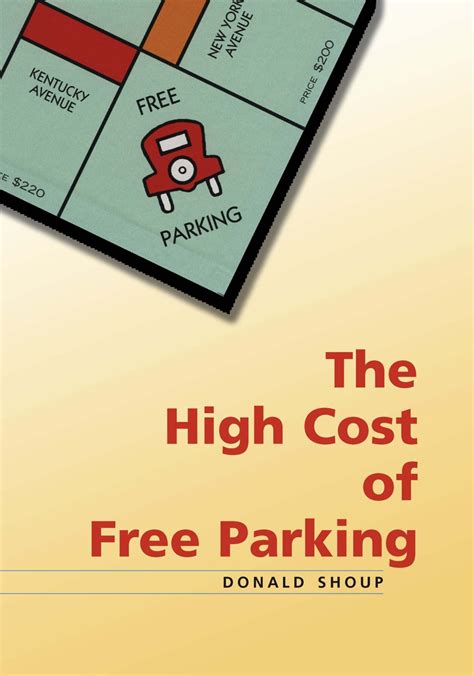
The High Cost of Free Parking
Donald Shoup
B
Very data-driven book. A thick book devoted to a single subject with a huge amount of data analysis and very specific policy suggestions.
All these things appeal to me personally as a reader, but even I struggled at times. Then again, I already was convinced that free parking is bad when I read it.
If you are unconvinced that free parking is bad, and you find data and evidence convincing, you should read this book immediately.
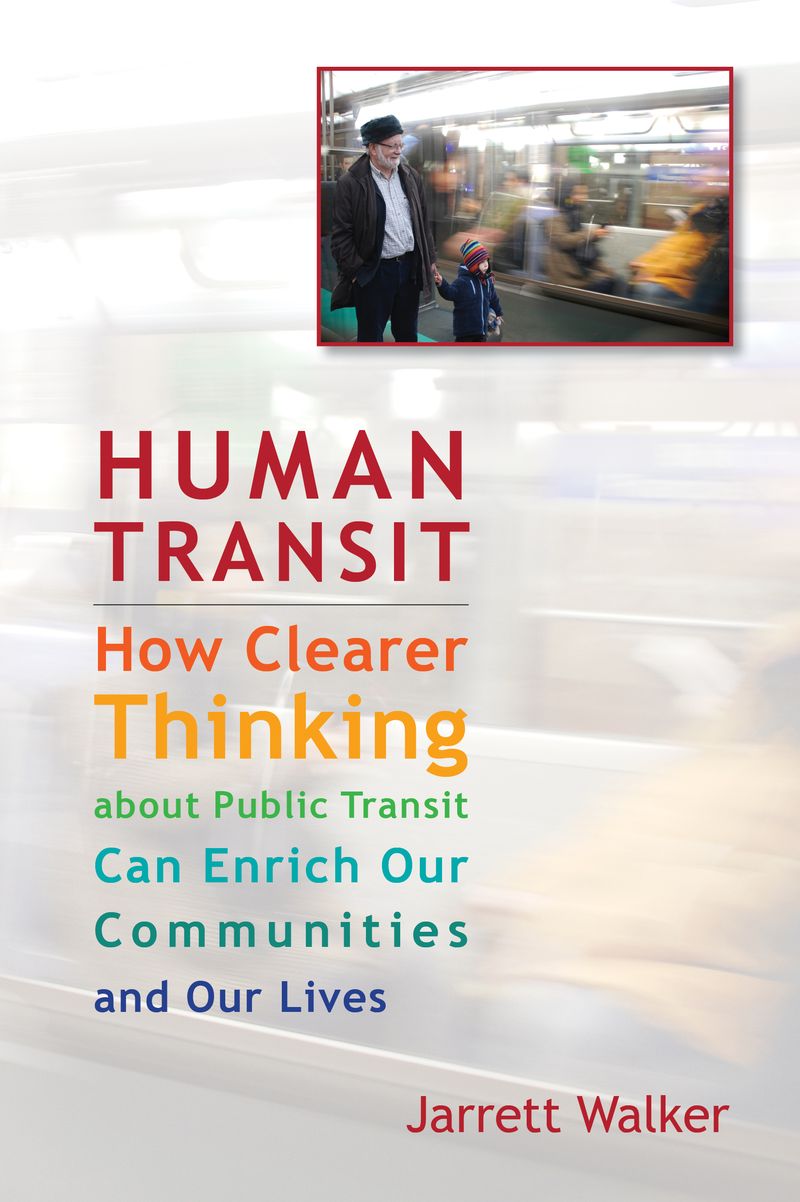
Human Transit
Jarrett Walker
A
Dive into the specifics problems facing transit, and different approaches to solving those problems.
Operations problems, like coverage goals vs ridership goals. Clear writing and very easy to follow.

Livable Streets
Donald Appleyard
B
Case studies on the benefits of traffic reduction, and various traffic reduction schemes in the USA and UK.
Main points: people are more likely to know their neighbors on low traffic streets, and traffic reduction schemes have strong initial opposition but after implementation there is rarely any push to revert the changes.
A lot of new information about traffic calming has been gathered since this book was published. Would love to see a follow up.
Other Books
Other books I have read, some great, some not so much
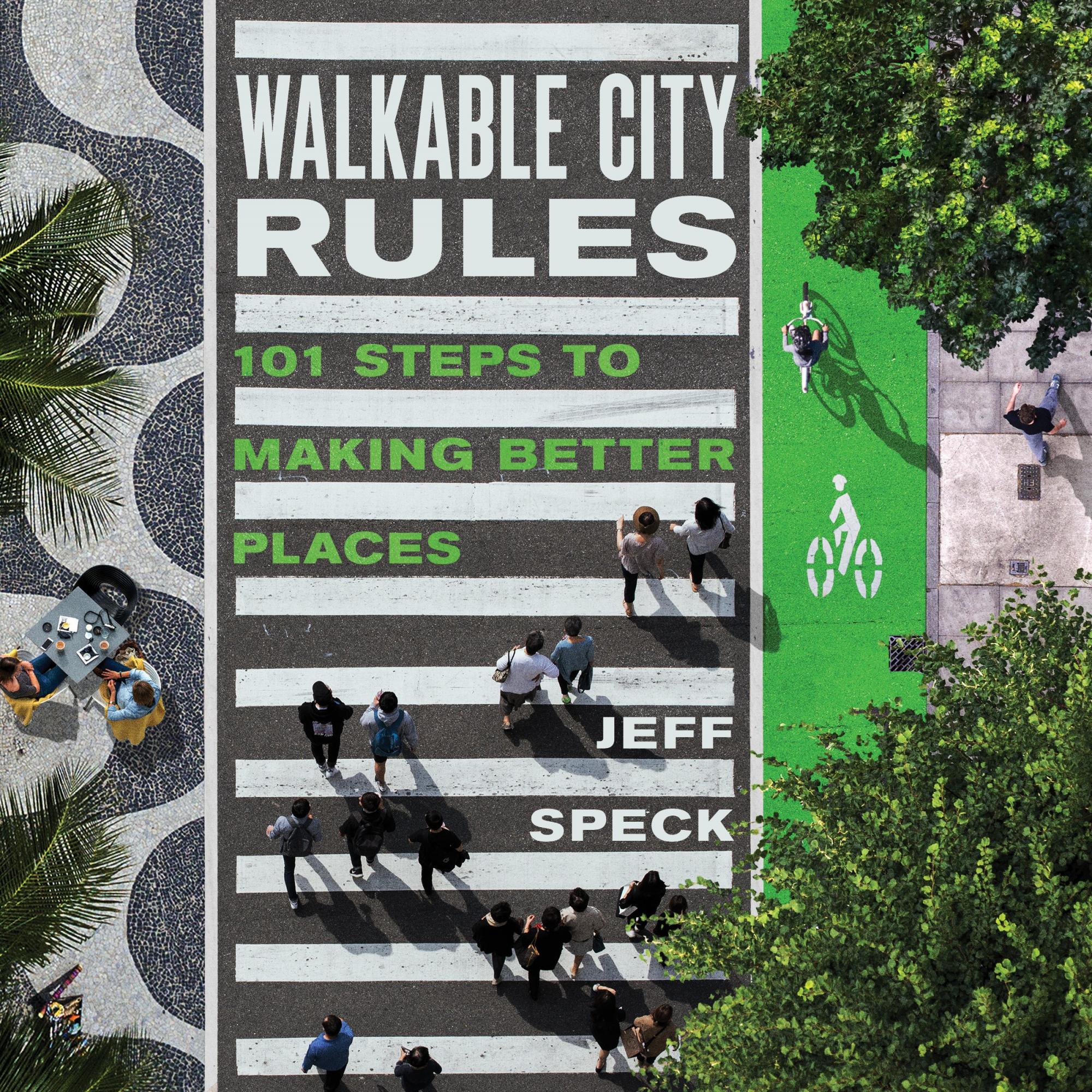
Walkable City Rules
Jeff Speck
A
Well-illustrated list of specific policies and designs to make a city more walkable.
Practical and specific advice based on his other book, “Walkable City”
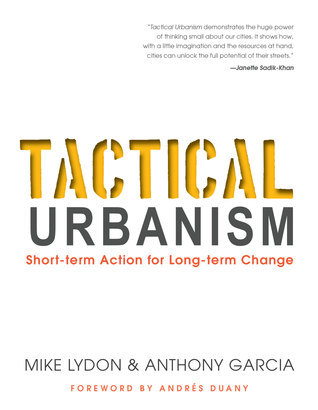
Tactical Urbanism
Mike Lydon, Anthony Garcia
B
An overview of “tactical urbanism” and some advice on how to do things like paint a crosswalk,
if you find your local government unresponsive and feel like taking things into your own hands.
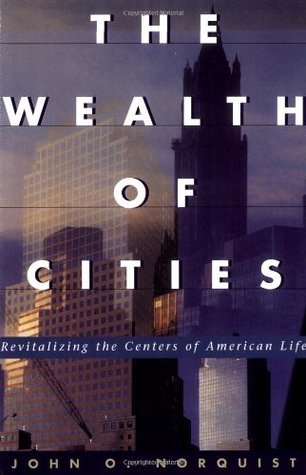
The Wealth of Cities
John O Norquist
C
Norquist was mayor of Milwaukee and leader of the congress for new urbanism. This book is more of a memoir of all the things he did as mayor.
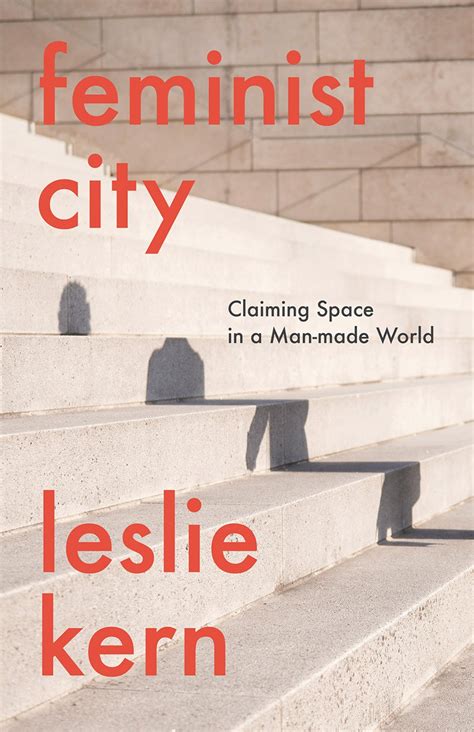
Feminist City
Leslie Kern
B
Nice as an introduction to the idea of feminist geography. Half a memoir - lots of personal anecdotes.
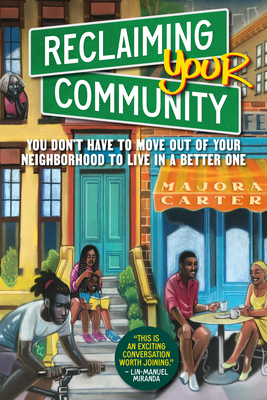
Reclaiming Your Community
Majora Carter
B
Memoir of Majora's work building her community. I enjoyed the perspective, different from that of many other books on this list.
Hopefully it can motivate some more people to get involved in transforming their own communities.
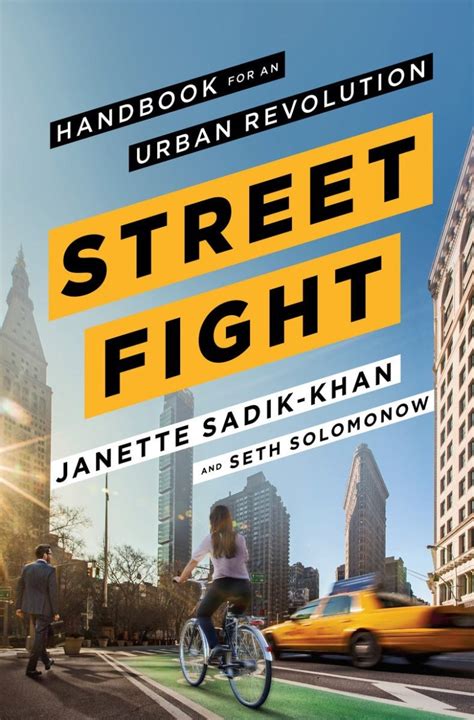
Street Fight
Janette Sadik-Khan
C
Very new-york focused, kind of a memoir of what she did as transportation commissioner in NYC.
I did not find it very compelling, but that could be because I was already familiar with most of what the book covered.
Probably a good read if you are unfamiliar with the transformations that have been happening in New York.
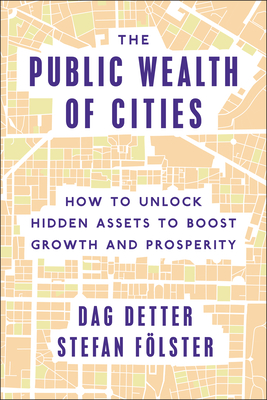
The Public Wealth of Cities
Dag Detter, Stefan Folster
D
Did not Finish.
Disjointed, unconvincing set of neoliberal-esq policy suggestions for cities
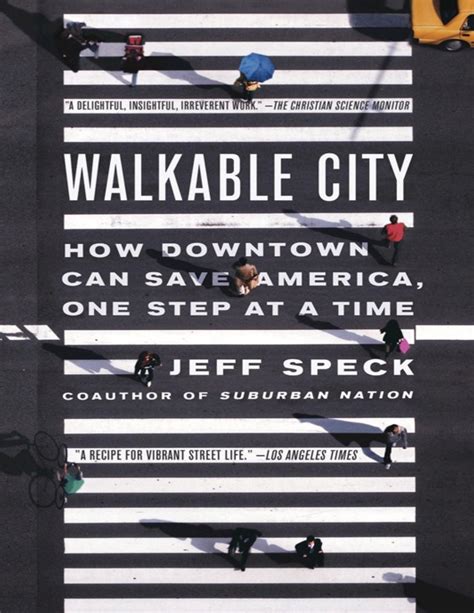
Walkable City
Jeff Speck
A
What makes cities walkable, why cities should be walkable.
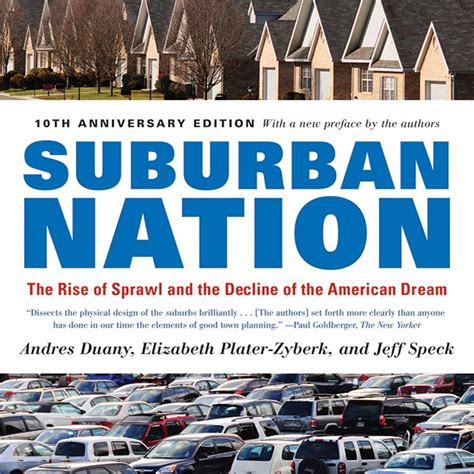
Suburban Nation
Andrés Duany, Elizabeth Plater-Zyberk, Jeff Speck
B
Older book, precursor to Walkable City and other books. An enjoyable read.
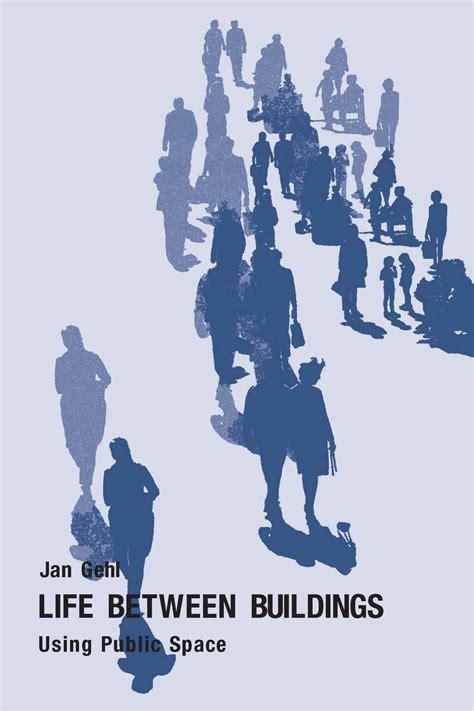
Life Between Buildings
Jan Gehl
A+
First book I read on city design. This book got me into urbanism.
An old book, with data on how to make streets so safe that children play on them.
Recognizing that streets could be made safe and lively really motivated me to figure out how to actually get these changes implemented in my city.
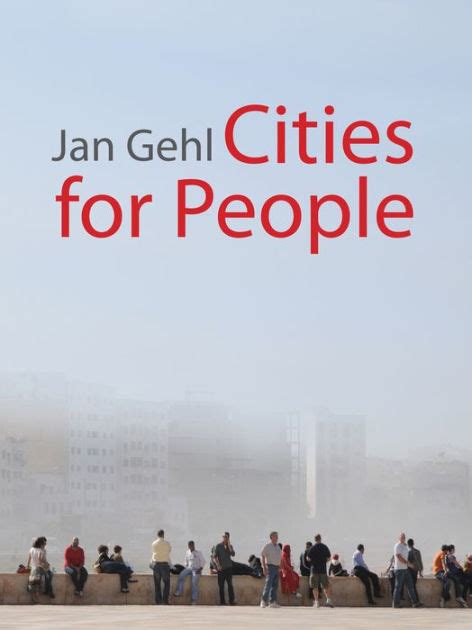
Cities for People
Jan Gehl
A+
Covers many of the same topics as “Life Between Buildings”.
If you read that book and also “Soft City”, you can skip this book.
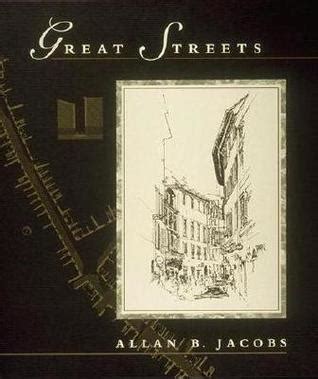
Great Streets
Allan B Jacobs
B
Case studies of different streets, documenting how they look and what, in the author’s opinion, makes them “great”.
An enjoyable read with beautiful illustrations.

Town Planning in Practice
Raymond Unwin
A
Over 100 years later this book still holds up.
The author has obvious and infectious enthusiasm for the subject.
I think what makes this book timeless is this: It simply talks about what makes a city a nice place to live, with not too much time devoted to political or administrative processes.
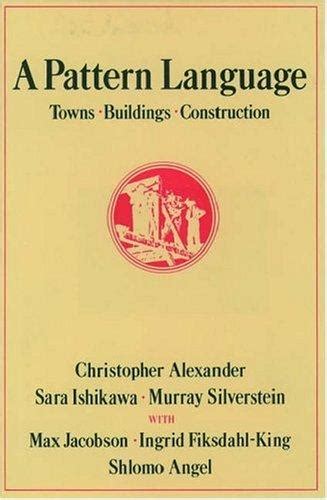
A Pattern Language
Christopher W. Alexander
B
Heavily philosophical. Some interesting ideas, but for the most part impractical.
Useful mostly as food for thought. Read and ponder.
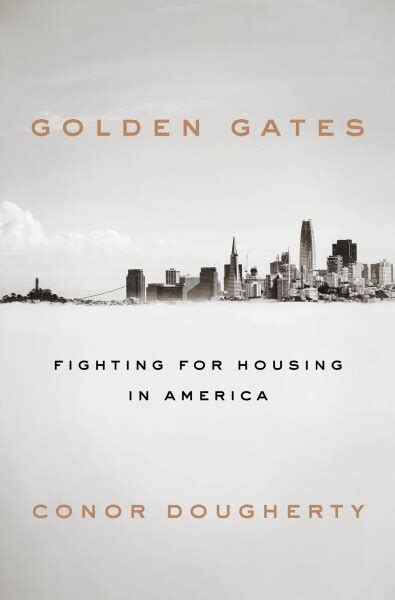
Golden Gates
Conor Dougherty
A
How the California housing crisis created the YIMBY movement.
Focused on the SF Bay area, and specifically Sanja Trauss. At the same time providing historical and regional context that created the crisis.
As a bay area resident I felt more connected to the narrative than I may have felt with the New-York centered “Street Fight”
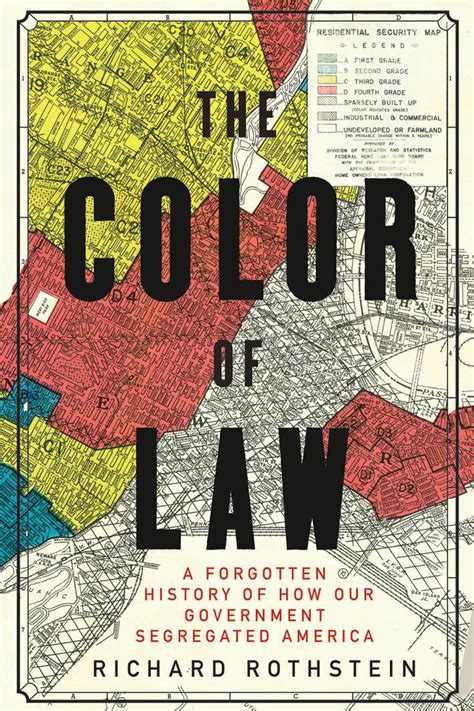
The Color of Law
Richard Rothstein
A
I thought I knew what this book would cover.
I was kind of correct, but way off on the magnitude.
The history of housing in America is racist in every way imaginable. This book should make you angry.

Strong Towns
Charles L Marohn Jr
B
The central thesis of this book is that building cities in the “traditional” way is financially sustainable in the long term.
Building suburbs is not. I may have enjoyed it less because I already knew the arguments in the book.
I found “Confessions of a Recovering Engineer” to be a much better book overall.
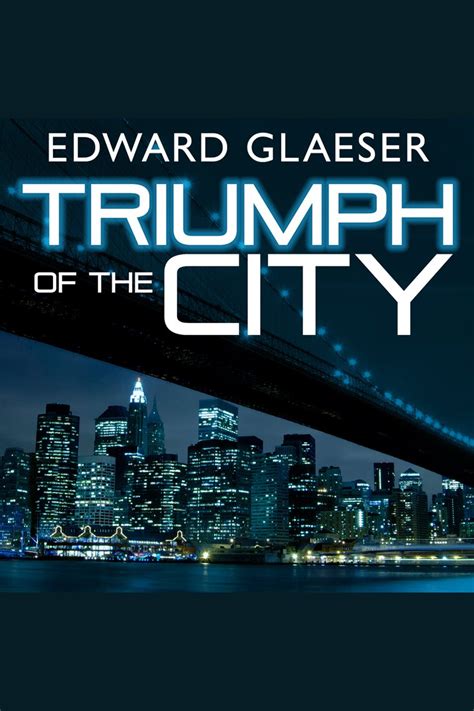
Triumph of the City
Edward Glaeser
C
This book is a refutation of the notion that cities are dying.
It is old and feels so.
I found it boring and stopped reading in the middle of chapter 3
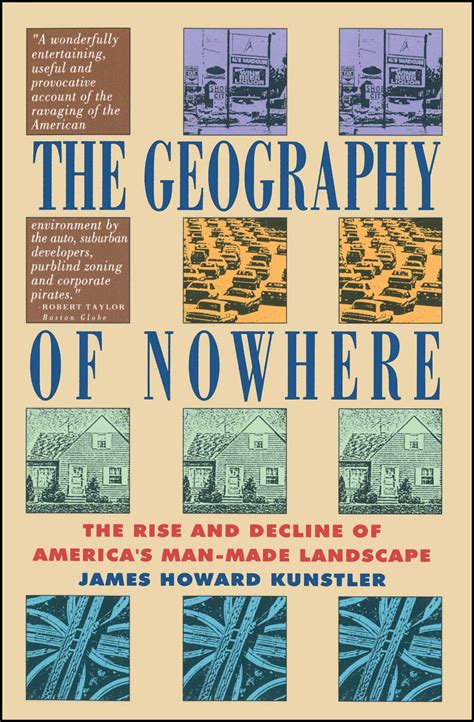
The Geography of Nowhere
James Howard Kunstler
C
Suburbs and strip malls no not real places. No one feels affinity or affection for them.
This book is emotion and philosophy. The style did not appeal to me. Though I can feel and appreciate the message I personally like facts and figures better.
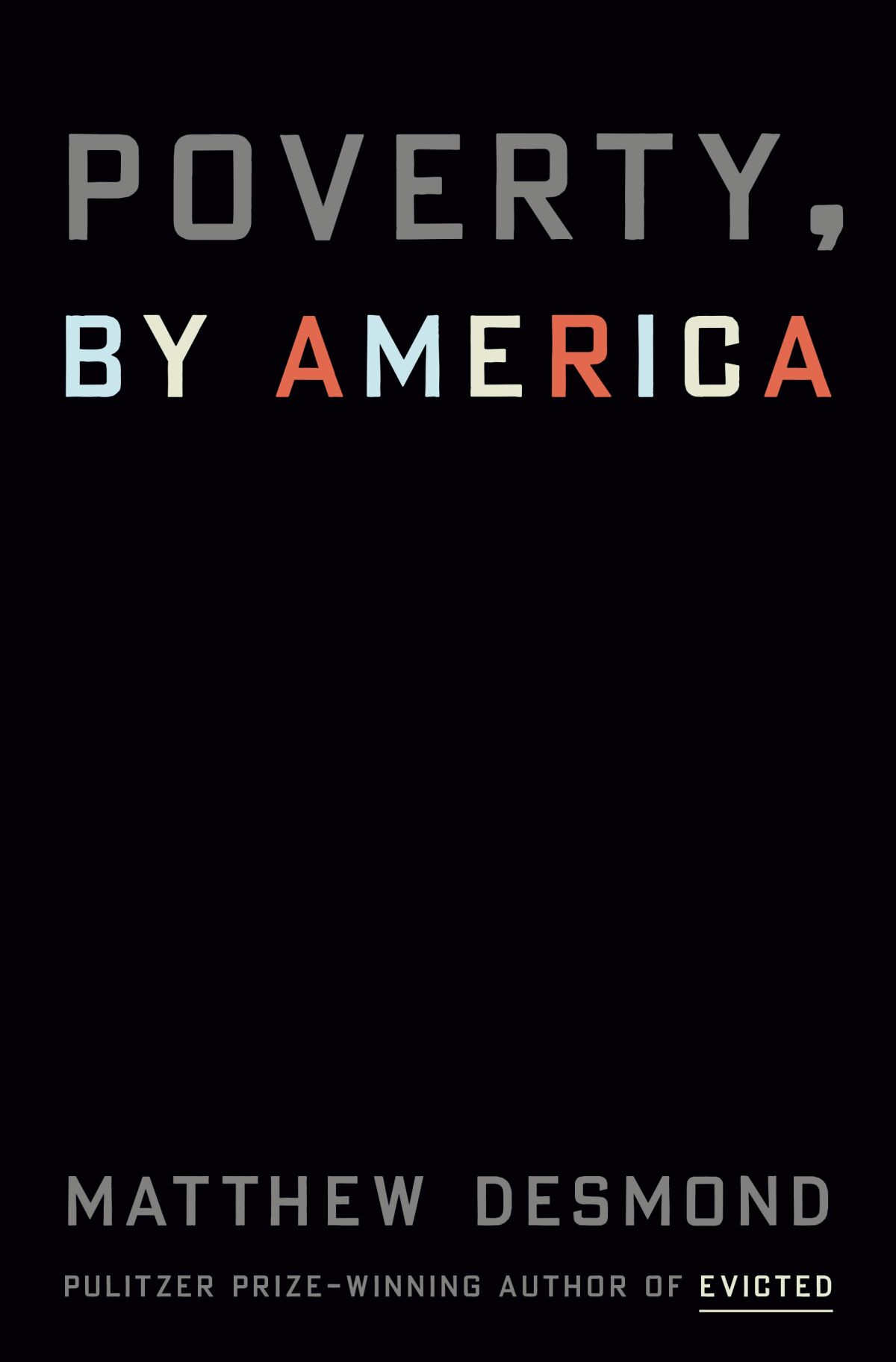
Poverty, By America
Matthew Desmond
B
Case studies on how poverty is created and perpetuated in the USA, with a few policy suggestions near the end. I think this book is a good compendium for the creation of mixed-income neighborhoods.
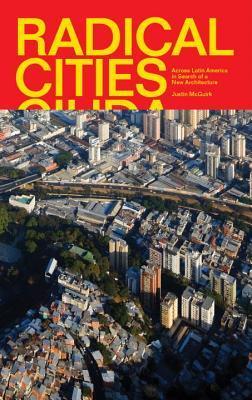
Radical Cities
Justin McGuirk
B
Some case studies from different latin-american cities on unique solutions for urban problems.
Covers bus rapid transit, car-free Sundays, gondolas to the favelas, and other latin-american urban innovations.
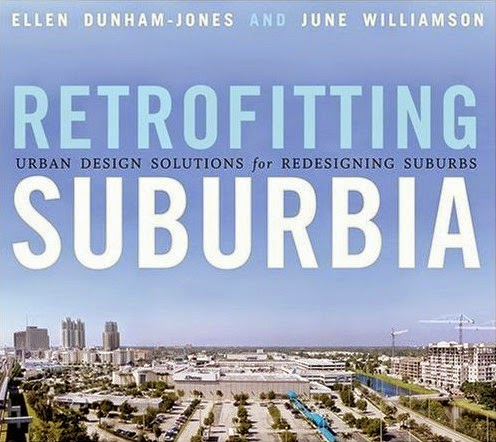
Retrofitting Suburbia
Ellen Dunham-Jones
C
Case studies on urban retrofits applied to suburban areas.
I was disappointed specifically because I was hoping for something different.
This focuses mostly on transforming suburban strip-malls. But I was wanting some information on applicable policies for already built-out suburban residential sprawl.
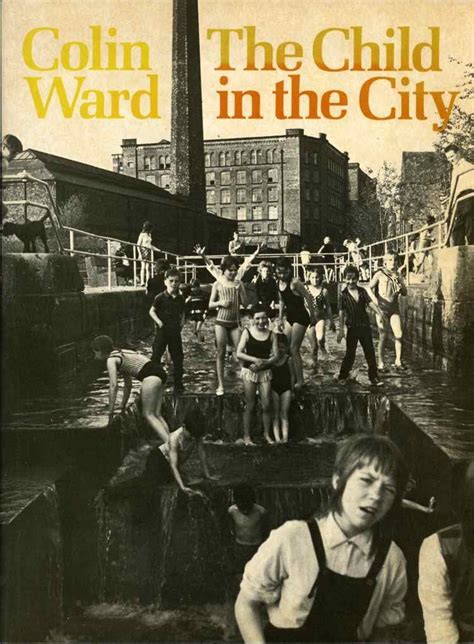
The Child in the City
Colin Ward
C
How and why you should make streets safe for kids. I remember this book only vaguely.
However the main premise, that children should be able to play anywhere in a city, is one I agree with strongly.
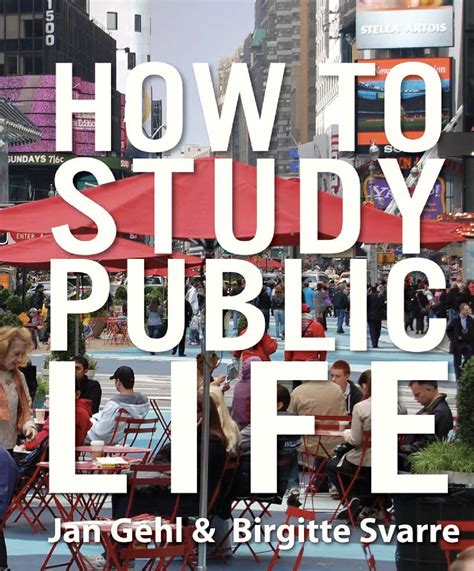
How to study Public Life
Jan Gehl, Birgitte Svarre
C
Case studies of studies. Jan talks about how he got started studying pedestrian patterns and other people-focused things in cities.
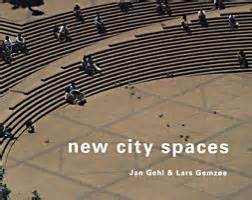
New City Spaces
Jan Gehl, Lars Gemzøe, Richard Rogers
C
Case studies of different plaza and park projects, giving urban context, design and the effectiveness of each.
I had trouble staying focused when reading.
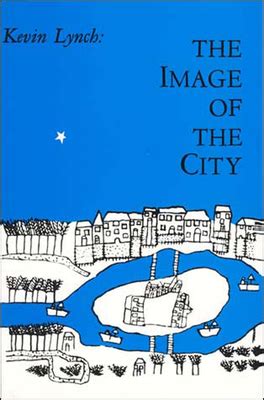
The Image of the City
Kevin Lynch
C
How people conceptualize their city.
I found it very hard to read and didn’t really understand why anything in the book is significant.
It did come to me highly recommended so perhaps my expectations were too high.
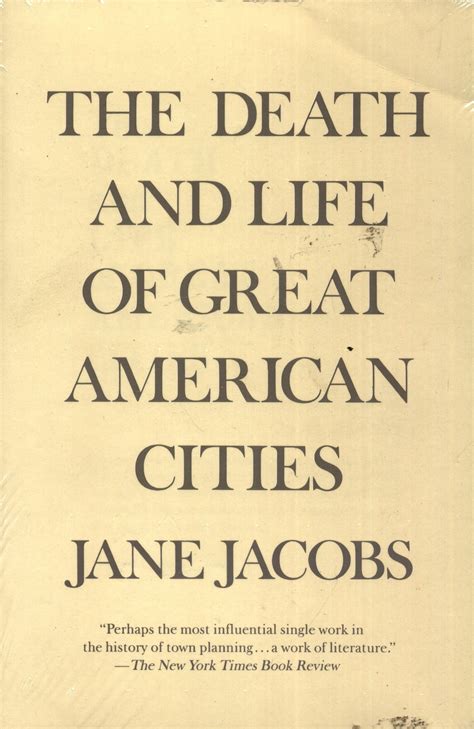
The Death and Life of Great American Cities
Jane Jacobs
B
Most books I like quote this book.
So perhaps the problem is that I had already become very familiar with the book’s arguments.
I read about half way through but did not finish.
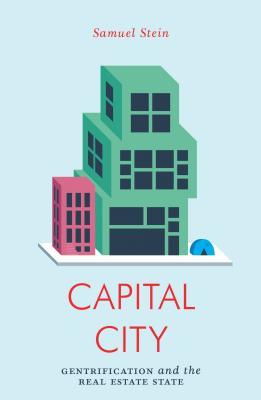
Capital City
Samuel Stein
C
Capitalism is bad, gentrification is bad, and a bit in the middle about the Trump family.
They are also bad. The book had a lack of cohesion and was not very compelling.
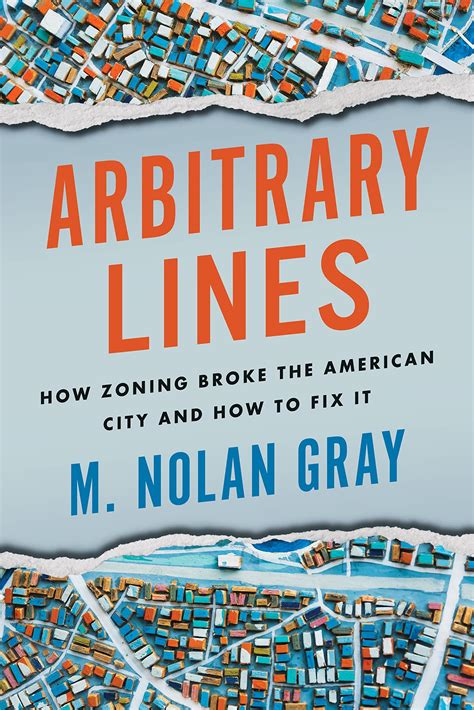
Arbitrary Lines
M Nolan Grey
B
Zoning is bad, maybe we should get rid of it. It is a short book and a good intro to American zoning.
Personally I liked “Zoned in the USA” better, as it provides more context and comparisons with other methods.
The advantage of this book is the clear language and short length make it a very quick read.
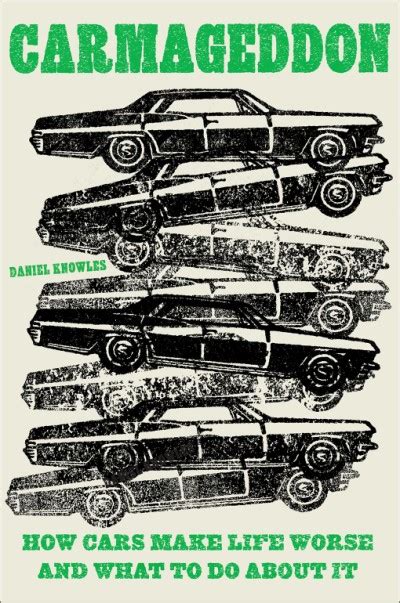
Carmageddon
Daniel Knowles
B
When cars were first introduced to cities people hated them, and cities tried to ban them.
But somehow it got flipped around - cities destroyed themselves to make room for cars.
How did that happen? This book has some of the answers.
I appreciated the history. It is good to know that the takeover of cars was always controversial and strongly resisted from the beginning.